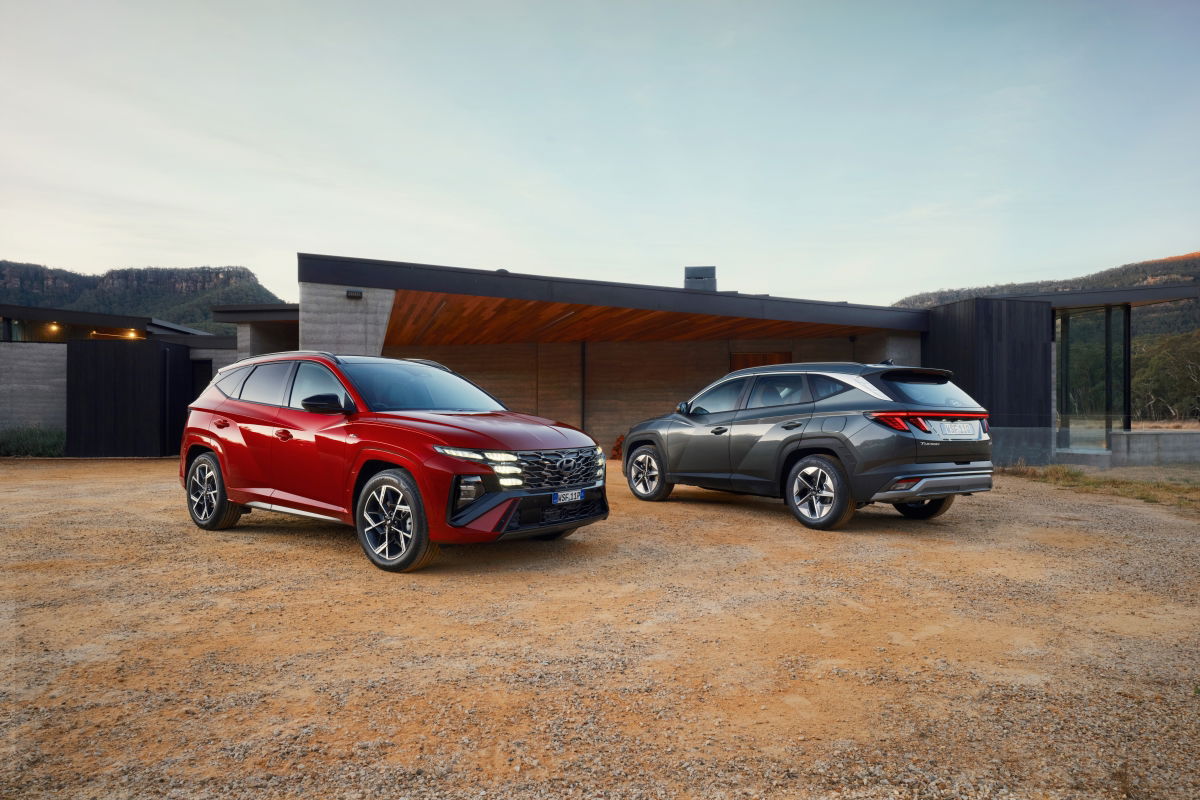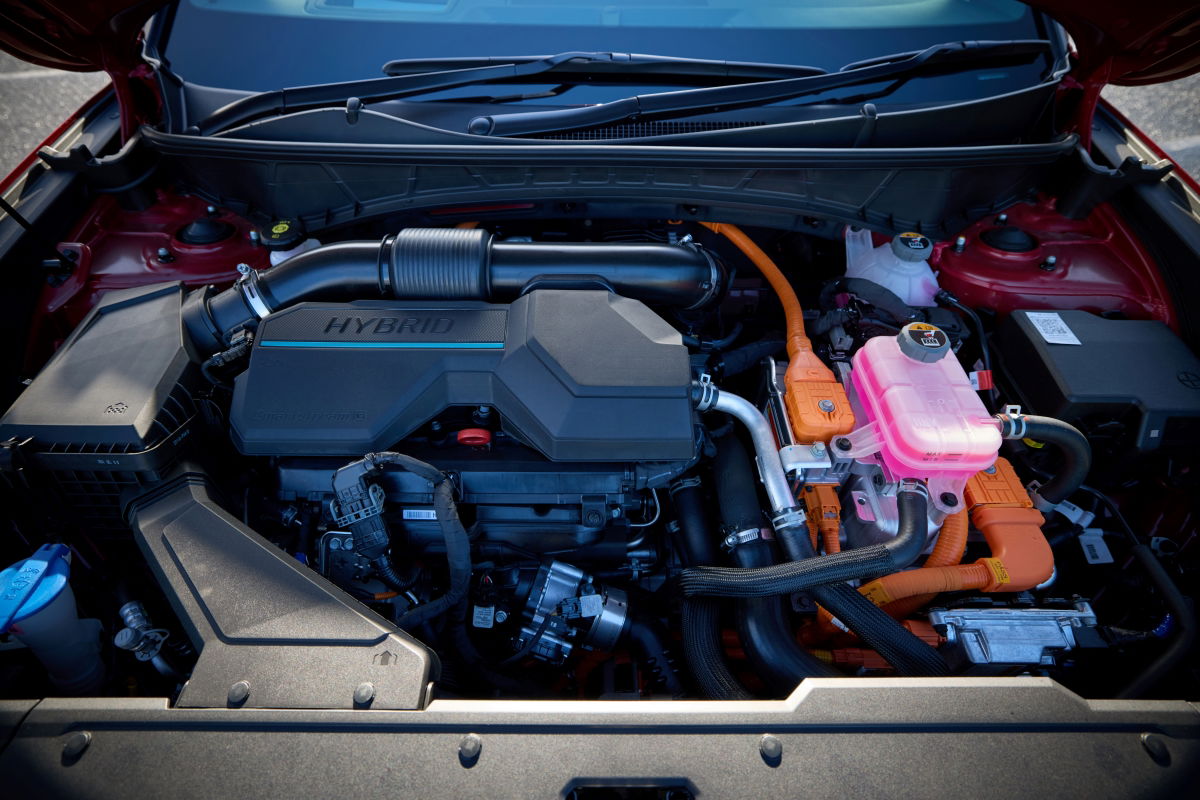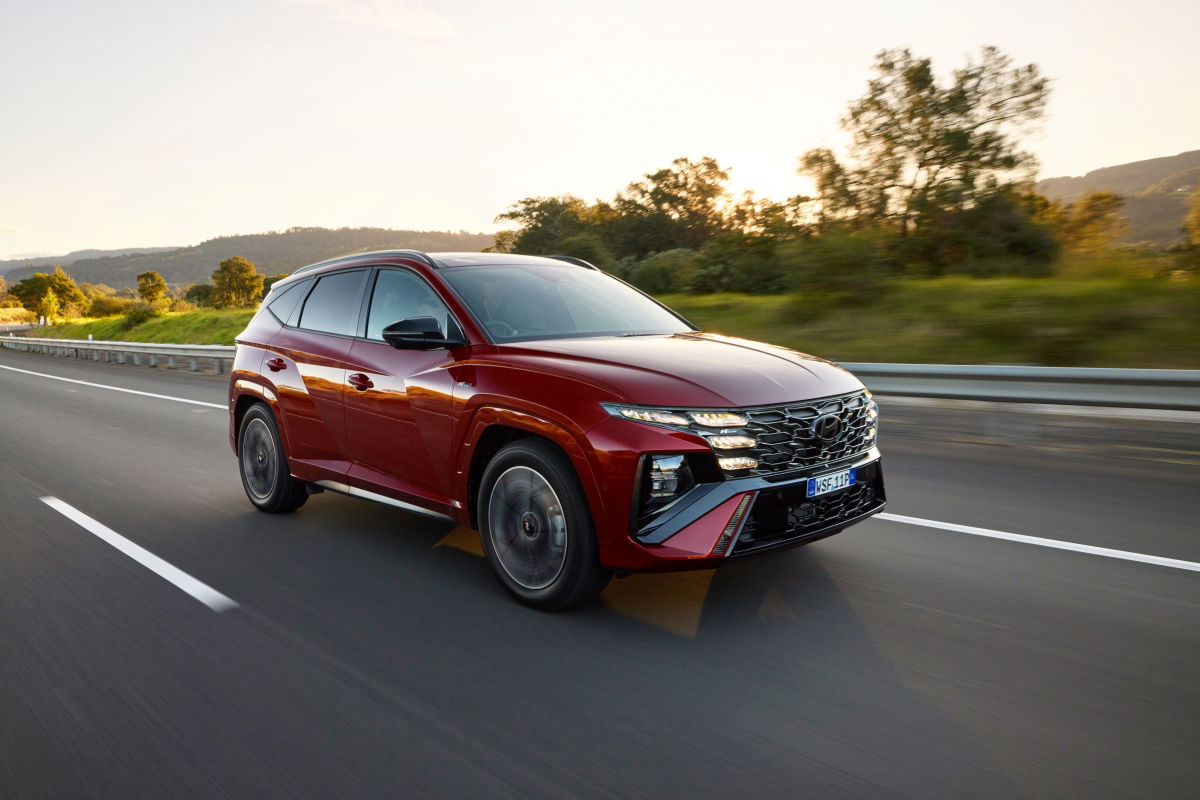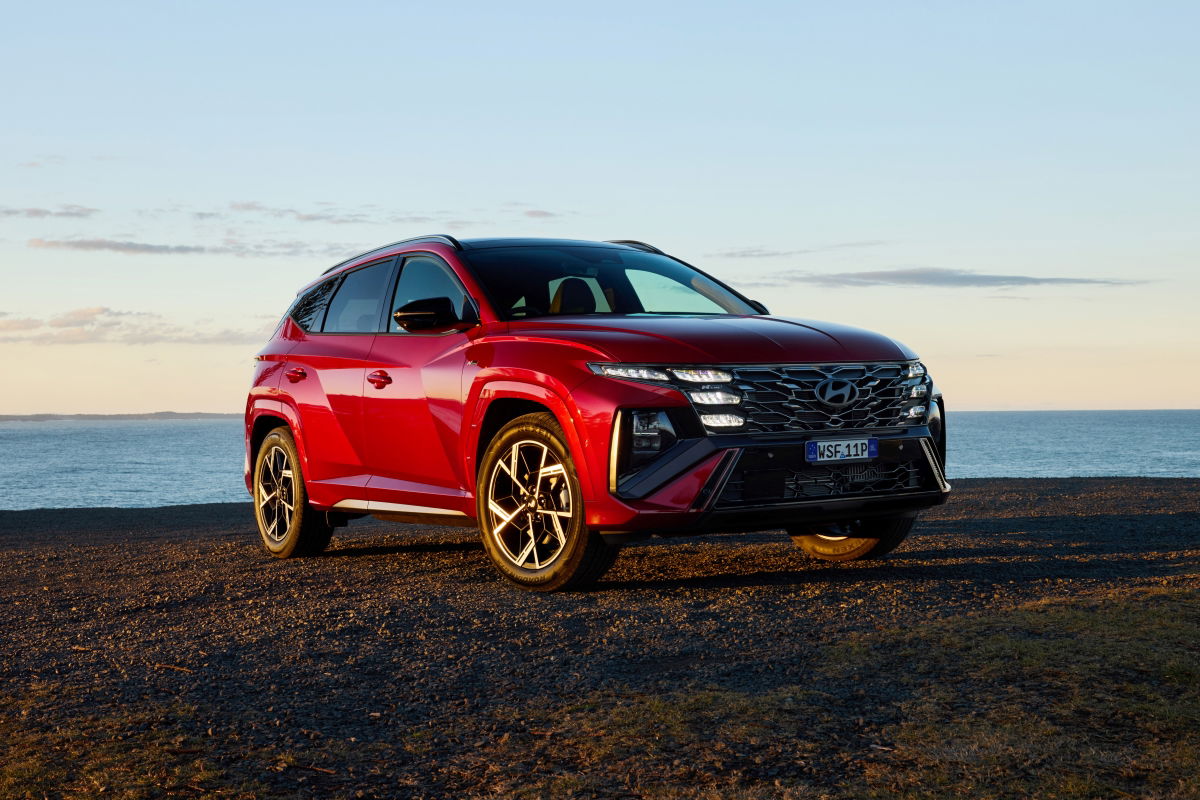
The end is nigh for the internal combustion engine and soon we’ll all be forced to drive glorified electric golf carts in a post-apocalyptic future that would make Mad Max weep.
Well, at least that’s what some people would have you believe, when the reality will be very different – especially when it comes to the internal combustion engine. The truth is, widespread adoption of electric vehicles in Australia is decades away; as in multiple decades, not by 2035 or even 2040. We’re simply not the kind of automotive market that can make such a rapid and wholesale switch in a short amount of time, especially as the government has taken until this year to finally put some sort of emissions limit on the car makers after more than 10 years of talking about it.
But, they have put restrictions in place to force car makers to make cleaner, more fuel efficient cars and that’s a positive for Australian new car buyers because it will mean more modern powertrains and less money spent at the service station. So what will we drive if not EVs? Hybrids, of course.
In fact, hybrids are already on the rise in Australia and becoming an increasingly popular choice for many buyers. Once the domain of the Toyota Prius and other specialist models, hybrid powertrains (which combine an internal combustion engine with an electric motor) are now commonplace across the entire automotive spectrum – from the Ferrari SF90 Stradale to the Toyota Yaris, you can get a hybrid in any form.

Including the newly facelifted Hyundai Tucson, which not only gets a fresh look for 2024 but also adds a petrol-electric hybrid option to its existing range of 2.0-litre non-turbo and 1.6-litre turbocharged petrol engines.
The hybrid in question combines a 1.6-litre turbocharged four-cylinder petrol engine with an electric motor, making a combined 172kW and 264Nm. Crucially it uses 5.3-litres per 100km, compared to 7.2L/100km for the equivalent all-wheel drive non-hybrid 1.6-litre turbo model, which makes only 132kW. So the Tucson Hybrid is both more powerful and more fuel efficient – win-win.
On the road it’s a well-integrated and smooth hybrid set-up, slipping between electric-only and petrol power as circumstances dictate. It’s not a shove-you-back-in-your-seat powertrain, but it does a good job for this size of SUV.
What’s under the bonnet isn’t the only change for 2024 either, with Hyundai also introducing a refreshed exterior and interior design. The external highlights include a new grille and front bumper design, new alloy wheels, full LED headlights and LED rear lights as well as tweaked rear bumper design.
There’s also an N Line styling package available, with a black grille, unique wheels, a unique rear bumper and intelligent LED headlights with a hidden daytime running light.

Inside the unmissable change is the introduction of a new 12.3-inch display, which Hyundai claims is a first in this segment, as well as a move to a shift-by-wire, column-mounted gear selector, which frees up space for more storage in the centre console.
Although, as good as the new powertrain and fresh looks is, the best new feature may be the new ‘mute button’ for the active safety features that reduces the amount of beeps that interrupt your journey. It’s a welcome addition and something that can reportedly be rolled out across the Hyundai line-up with a software update.

Hyundai is offering three trim levels – Tucson, Elite and Premium – with each available with the N Line option pack. Pricing for the Tucson range starts as low as $39,100 for the 2.0-litre front-wheel drive entry-level model and stretches all the way to $61,100 for the Premium N Line Hybrid. In between the most affordable hybrid version starts at $45,100, and there are 17 variants in total to choose from.
What Hyundai has done with the latest Tucson is offer Australians choice, which is ultimately what people want at the end of the day. If you want to choose petrol, they have you covered, but if you’re willing to take the step to hybrid then you’re also accommodated. That’s really at the heart of the appeal of these hybrid options that are increasingly common, it gives you a taste of the electric future without forcing widespread change. So expect to see hybrids, like the Tucson, become more and more common as we transition from the present to the future.












Discussion about this post